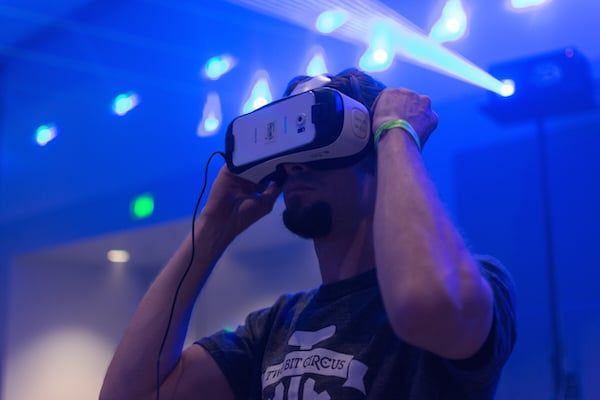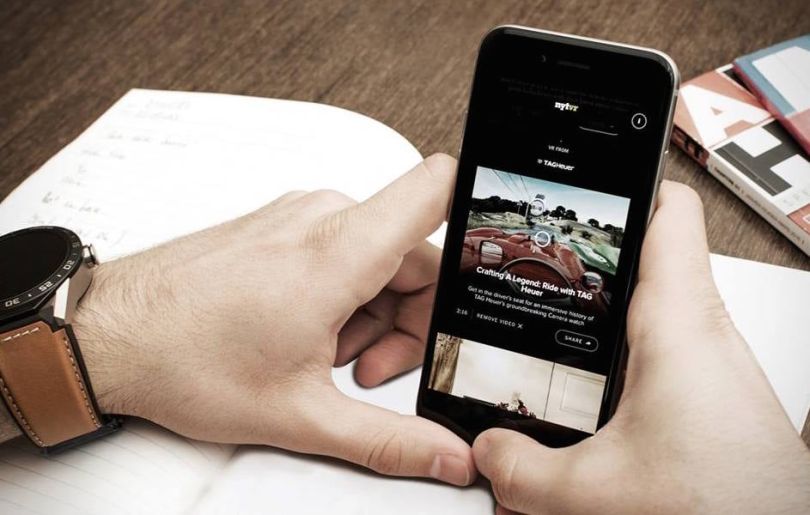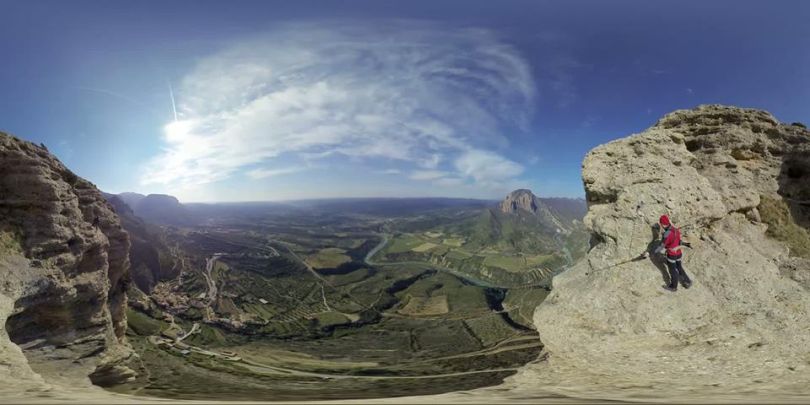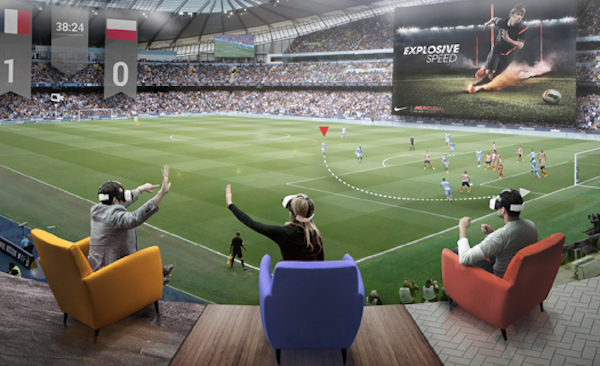
Virtual reality (VR) has become a major buzzword in 2016.
This is, in large part, due to the proliferation of virtual reality startups across major tech hubs, shaping the mainstream acceptance of VR into media, entertainment, design and education sectors. This year alone, virtual reality has expanded into interactive documentaries, movie franchises and giant corporations.
So far, VR has been concentrated in San Francisco, Los Angeles, Seattle and New York, with one secretive company making notable strides in suburban Florida. It makes sense that virtual reality companies have set up shop in these cities. The Bay Area’s huge tech community is a group of early-adopters that enthusiastically embraced the medium. Y-Combinator’s founder, Sam Altman, even requested more virtual reality applications in the incubator’s latest batch, as opportunities in the market are wide open.
In Los Angeles, virtual reality is gaining traction as a new outlet for storytelling with massive implications for film. Seattle has emerged as a hotbed for VR due to the region’s abundance of researchers, software and hardware engineers, video-game studios and designers.
So how does New York City stack up?
Media outlets are adopting VR like crazy
New York City is the long-standing media capital of the world. So not surprisingly, major publications are dipping their toes into virtual reality. Back in October, The New York Times, the old-school 164-year-old newspaper, announced the launch of NYT VR — a collaborative project with Google to produce a series of virtual reality films. The films, brought to viewers through an app and Google Cardboard headset, covered topical stories from the global refugee crisis to the ongoing presidential election.

In April,
(owned by AOL, owned by Verizon) bought a virtual reality studio to build out its content offerings using the new technology. In the same vein, New York is also fostering a new generation of media companies, with startups like
leveraging the visceral nature of virtual reality to bring powerful news coverage to the masses.
NYC’s legacy industries are getting a VR boost
Among the strata of industries that have been at the core of New York’s economy for decades, art, tourism, architecture and entertainment have appealed to startups in the virtual reality space.
In the art world,
is partnering with the world’s major art institutions to bring virtual glimpses into museums, creating new forms of educational access using Samsung Gear.

and
are tackling virtual reality in the architecture and design space, creating virtual walkthroughs for architects and allowing users to prototype designs in 3D models.
“While there is a lot more hype around VR in the Valley — we don't think NYC should be ignored as a VR hub,” said InsiteVR cofounder Angel Say. “We had to make a really hard decision last year after finishing Y-Combinator as to whether we'd be moving back to NYC or staying in the Bay Area. Ultimately, we decided to come back here because of our customer base. The architecture world is pretty interconnected on the East Coast and we constantly find ourselves in Boston, DC, Philadelphia, Toronto, etc. NYC especially has no shortage of designers and community. We also think there's something healthy about being in a place that's a bit more skeptical about emerging technology.”
Virtual reality has also appealed to the entertainment industry, with
leading the charge as the “YouTube for VR.” The company allows users to watch content from channels such as ABC, Showtime, Discovery, Nat Geo WILD, PBS and Esquire across many different devices.
“Every industry is well represented in NYC, and many of the content deals that we strike happen here,” said Littlstar CEO Tony Mugavero. “Every major tech company also has an office in NYC now, and venture capital is readily available for new and growing companies. It's a critical part of the VR ecosystem, and we love being built in New York City.”

After setting up shop here, the company has found success in remaining experimental.
“It takes substantial experimentation with the immersive environment to see what works best for your story. You want to make sure there is a reason to tell the story in 360 degrees, and you want to play with the space to see what works and what doesn't.”
Mobile is a promising platform for NYC VR startups
The most accessible option to experiencing virtual reality is through an app on the iPhone or Android devices already in our pockets.
, a virtual reality startup for sports broadcasting, allows viewers to watch live sporting events from multiple angles. The platform is functional on all mobile platforms, including iOS, Android and Oculus mobile. LiveLike recently went through Techstars’ NYC program.

With a mission to help people create their own VR presentations, InsiteVR is also leveraging mobile platforms, aiming to make it as simple as possible for people to use virtual reality without predetermined skills.
“We've always been really excited by the possibilities of mobile-based virtual reality,” said Say. “The devices we carry in our pockets can now be used to help immerse us in unbuilt environments, fantasy worlds, and travel the world without leaving our couch. While many discount mobile for its performance limitations, for us it presents an interesting technical challenge to try and best optimize virtual reality experiences for mobile devices. Instead of forcing users to dive into the world of expensive and intimidating computer and graphics hardware, we're doing everything we can to innovate in optimization techniques for mobile VR which have already proven to be useful with hardware like Microsoft's Hololens augmented reality headset.”
The future
In the wake of high-profile product launches such as Oculus Rift and HTC Vive, the hype around virtual reality is everywhere. However, while tech companies in New York City and beyond are pushing the envelope when it comes to this new medium, the technology won’t become mainstream for a while.
Recently, while testing out the technology provided by a New York-based VR company — with a sizeable Oculus headset strapped to to my face and my mouth hanging dopily agape — I took note of how low-tech the experience actually felt.
The company’s founder confirmed my apprehensions. He explained to me the way he sees the current industry: virtual reality in 2016 is comparable to the iPhone in 2007. The technology is new, clunky and not quite ready for mass adoption.
But as virtual reality has made it possible to create livable experiences that aren’t actually real, and spawned a flurry of startups in the process, the full potential of virtual reality is not so far away.










